This year, the discussions around health, wellbeing and productivity in the workplace feel very exciting, they’ve stepped up a gear and are motivating lots of real activity and changes to long-standing practices.
I believe the WorldGBC’s ground-breaking report released last September, Health, Wellbeing and Productivity in Offices: the Next Chapter for Green Building, with its clear and simple implementation framework, has helped the real estate sector to start to seize an opportunity which will generate enormous amounts of valuable insights, and indeed, concrete value.
Lots of individuals and companies (including my own) are now trialling and amending and adopting various aspects of the WorldGBC framework, working in fluid partnership together to figure things out across different departments and roles. The framework also implicitly encourages positive interaction between landlords and tenants. This all marks a refreshing change for a sector which normally operates in pretty rigid ‘silos’!
‘Sustainability’ in particular can be seen as a niche silo and a somewhat esoteric topic by both property investment/management and corporate real estate (CRE) teams. They are dealing with a whole range of issues which are highly material to their rental income, asset value or bottom line – so any topic without clear boundaries, and a concrete and credible cost or benefit, is liable to be deprioritised. This means ‘sustainability’ is usually translated as ‘environment’ or, more narrowly still, ‘energy efficiency’.
But I have found that health, wellbeing and productivity concepts resonate with people much more intuitively and spark much more interest in CRE teams than the nitty-gritty detail around energy management. Particularly when in those conversations I increasingly find myself in, I can point to all the business case evidence collated within the WorldGBC research findings that a well-designed and environmentally-sustainable building can also be a much healthier and more productive building.
In my experience so far, the topic opens up a whole range of very interesting conversations with a much wider range of people in roles from the sustainability team to the HR department to the CFO. The conversation leads inevitably on to the question of, ‘Now what exactly do we need to be doing to realise these benefits to our employees/business, and who exactly should be doing it?’
To answer these questions, the campaign is planning to release practical and detailed guidance notes – from ‘how-tos’ of conducting a good quality IAQ assessment and an employee perception survey, to a best practice template for a CRE team to demonstrate the business case for a real-estate wellbeing strategy to the board – and practical case studies, such as the one on British Land’s work in this area. We are also helping to create networks between individuals and organisations to support the flow of helpful information.
I for one feel that the ‘powering positive change’ theme of World Green Building Week this year is very apt as I anticipate the energising WorldGBC Better Places for People campaign will galvanise a huge amount of positive change in our sector. I am already experiencing the early results of this first hand in my own newly refurbished offices!
Beth Ambrose, Associate Director, JLL, is the chair of the Offices Working Group for the Better Places for People campaign and a member of the campaign Steering Committee.

